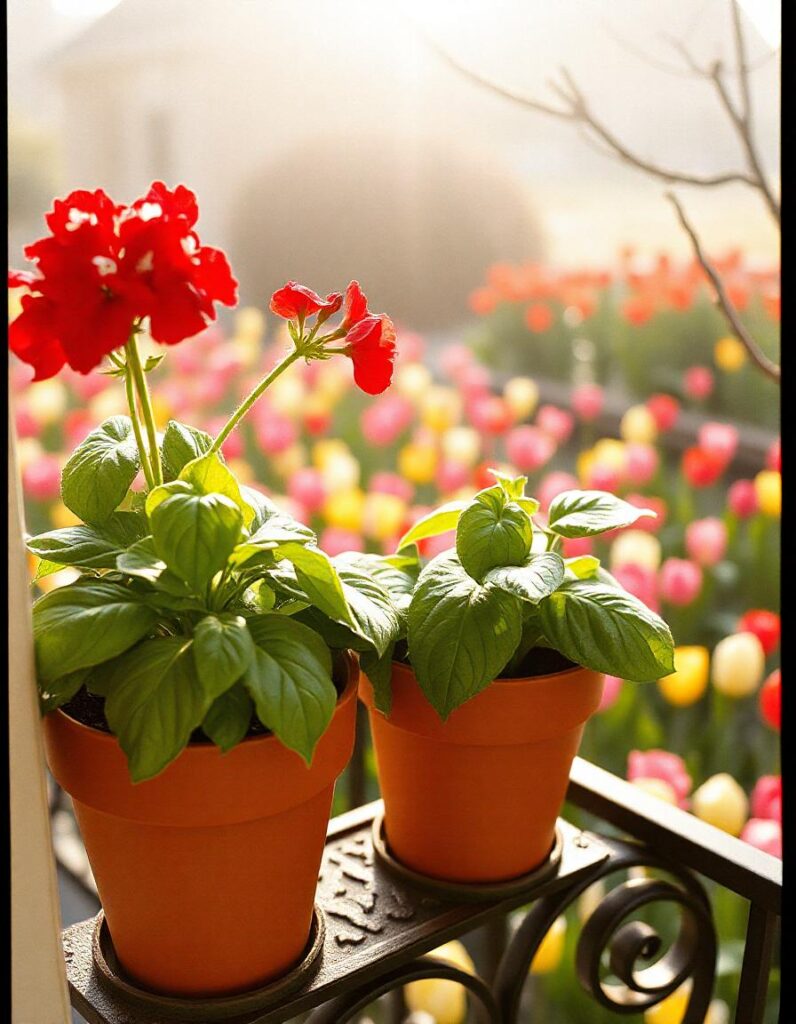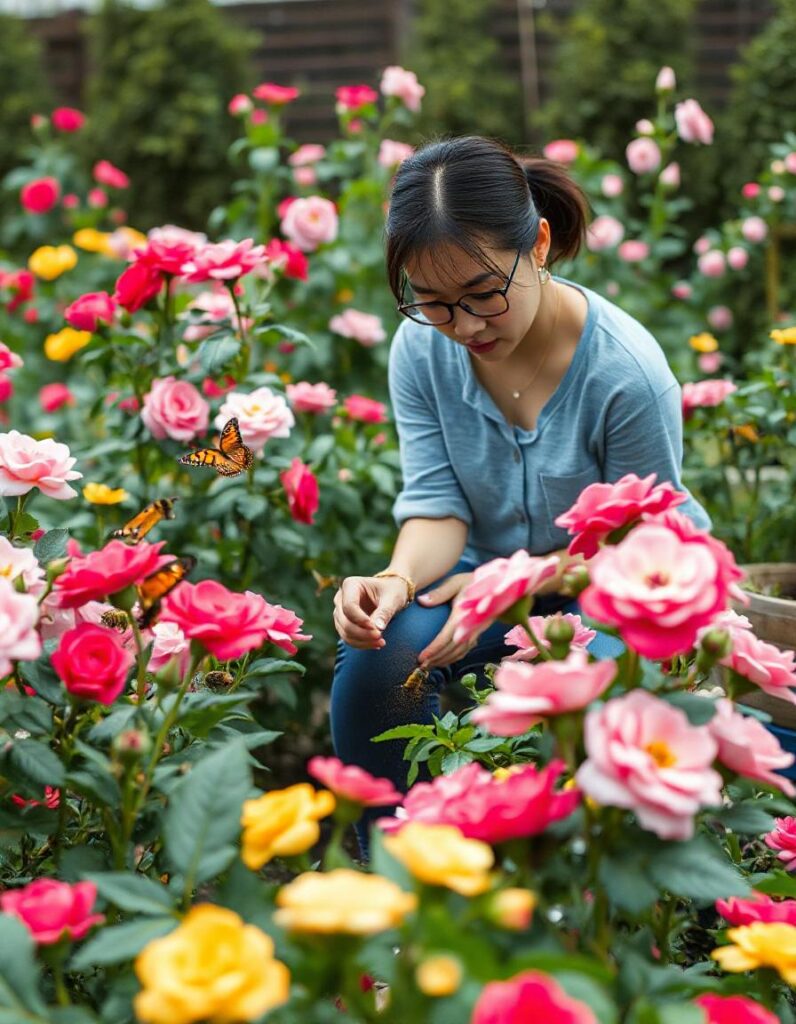Introduction
Perennial plants are a cornerstone of gardening and landscaping, offering beauty and structure to gardens year after year. Unlike annual plants that need to be replanted each season, perennials continue to grow and bloom for multiple seasons. This longevity, combined with a wide variety of species, makes perennial plants a popular choice for both novice and experienced gardeners. In this guide, we will explore what perennial plants are, how to care for them, and the benefits they bring to your garden.
Table of Contents
What Are Perennial Plants?
Perennial plants are plants that live for more than two years. Unlike annuals, which complete their life cycle in one growing season, or biennials, which live for two years, perennials regrow every spring or growing season. This regrowth can occur from the plant’s roots, tubers, bulbs, or stems that persist through the winter months.
Perennial plants can be either herbaceous or woody. Herbaceous perennials die back to the ground at the end of the growing season but return the following year from their root system. Woody perennials, such as shrubs and trees, maintain their structure above ground even during the dormant season.

Perennial Plants: Benefits, Care Tips, and Popular Varieties
Benefits of Planting Perennials
- Low Maintenance: Once established, perennial plants generally require less care than annuals. They develop strong root systems that help them thrive with less water and fertilization.
- Cost-Effective: Although perennials may have a higher initial cost, they are a long-term investment. You won’t need to purchase new plants each year, and many perennials spread or can be divided, allowing you to increase your garden’s size at no additional cost.
- Environmental Benefits: Perennials help reduce soil erosion because their roots hold the soil in place year-round. They also provide habitat for wildlife, including pollinators like bees and butterflies.
- Seasonal Interest: Many perennials offer changing beauty throughout the year, with foliage, flowers, and seed heads providing visual interest even during the off-season.
- Diversity: Perennials come in a wide range of sizes, shapes, and colors, allowing you to design your garden in various ways. Whether you want a cottage garden filled with colorful blooms or a more structured landscape with ornamental grasses and shrubs, there are perennials to suit your needs.
Popular Perennial Plants for Your Garden
Here are some popular perennial plants that can add beauty and resilience to your garden:
- Daylilies (Hemerocallis): Known for their hardiness and vibrant blooms, daylilies are easy to grow and come in various colors. They thrive in full sun and can tolerate a range of soil conditions.
- Hostas: Hostas are shade-loving perennials prized for their lush foliage. They come in various sizes and leaf colors, from deep green to variegated patterns. Hostas are ideal for adding texture to shaded areas of your garden.
- Peonies (Paeonia): These perennials are known for their large, fragrant blooms in late spring and early summer. Peonies are long-lived plants that can thrive in the same spot for decades, making them a favorite for traditional and cottage gardens.
- Coneflowers (Echinacea): Native to North America, coneflowers are drought-tolerant and attract pollinators such as bees and butterflies. They bloom from mid-summer to fall, providing a long season of color in your garden.
- Lavender (Lavandula): Lavender is a fragrant, drought-tolerant perennial that thrives in full sun and well-drained soil. It’s a popular choice for borders and attracts pollinators while also deterring pests like mosquitoes.
- Sedum (Stonecrop): Sedum is a succulent perennial that comes in many varieties, ranging from ground covers to upright forms. It’s incredibly drought-tolerant and ideal for rock gardens or borders.
- Russian Sage (Perovskia atriplicifolia): Russian sage is a tall, drought-tolerant perennial with silvery-gray foliage and delicate blue-purple flowers. It adds a soft, airy texture to gardens and thrives in full sun.
How to Plant and Care for Perennials
Caring for perennials involves proper planning, planting, and ongoing maintenance. Here’s a step-by-step guide to ensure your perennials thrive:
- Choosing the Right Location: Consider the sunlight, soil type, and climate when selecting a location for your perennials. Some plants prefer full sun, while others thrive in partial or full shade. Soil drainage is also crucial, as waterlogged roots can lead to rot.
- Planting:
- Timing: The best time to plant perennials is in the spring or fall when temperatures are mild. Fall planting allows roots to establish before the winter, while spring planting gives plants the entire growing season to develop.
- Spacing: Make sure to space perennials according to their mature size to avoid overcrowding. This helps prevent competition for nutrients and water.
- Depth: Plant perennials at the same depth they were growing in their containers. Too deep, and the roots may suffocate; too shallow, and they may dry out.
- Watering: Newly planted perennials need regular watering until they establish a strong root system. After that, many perennials are drought-tolerant, but watering during prolonged dry spells can help maintain their health and appearance.
- Mulching: Apply a layer of mulch around your perennials to help retain moisture, suppress weeds, and regulate soil temperature. Organic mulches, such as compost or shredded bark, also improve soil quality as they decompose.
- Fertilizing: Perennials typically don’t need heavy fertilization. A light application of compost or a balanced fertilizer in the spring can encourage healthy growth.
- Pruning and Deadheading: Regular pruning helps maintain the shape and size of your perennials. Deadheading, or removing spent flowers, encourages more blooms and prevents plants from putting energy into seed production.
- Dividing: As perennials grow, they may become crowded or stop blooming as vigorously. Dividing them every few years helps rejuvenate the plants and gives you more plants to expand your garden or share with others.
- Winter Care: Most perennials are hardy and can survive winter. However, adding a layer of mulch after the ground freezes can protect the roots from extreme cold. In cold climates, you may also want to cut back dead foliage to prevent pests and diseases.
Conclusion
Perennial plants are a rewarding choice for any gardener. With their longevity, low maintenance, and variety, they can create a vibrant and sustainable garden that flourishes year after year. Whether you’re designing a new landscape or adding to an existing garden, perennials offer endless possibilities to enhance your outdoor space.
By choosing the right plants, providing proper care, and embracing the beauty of each season, you can create a garden that brings joy and satisfaction for years to come.
